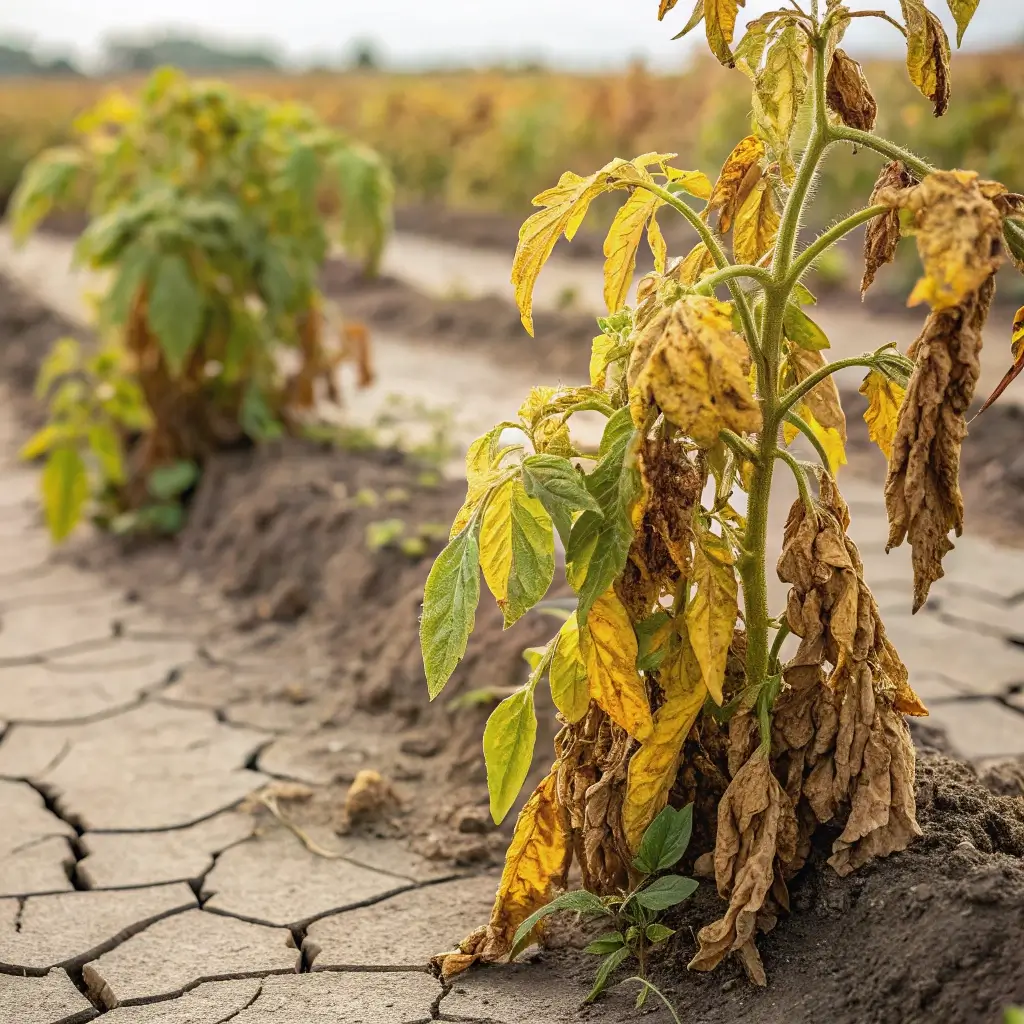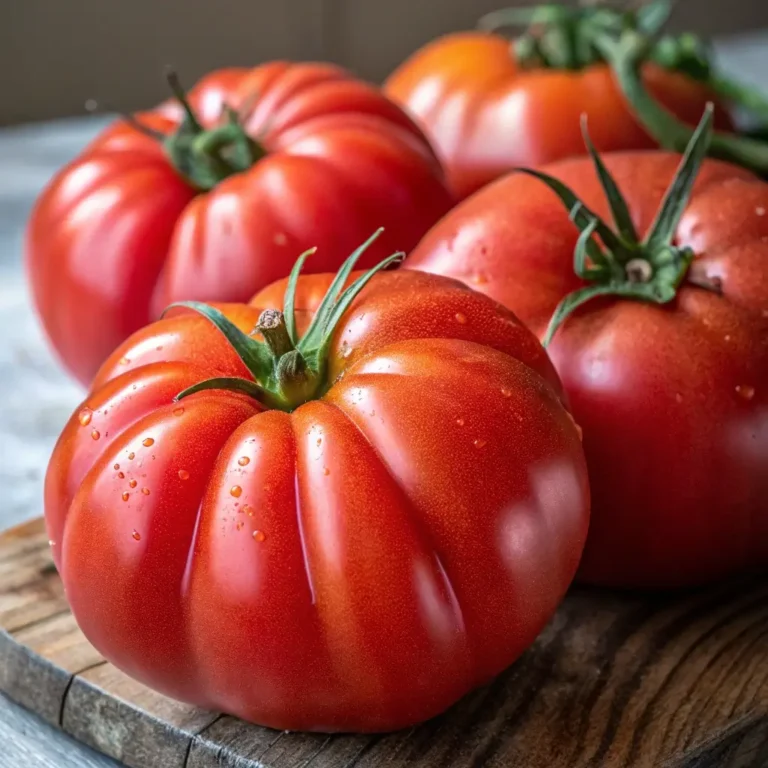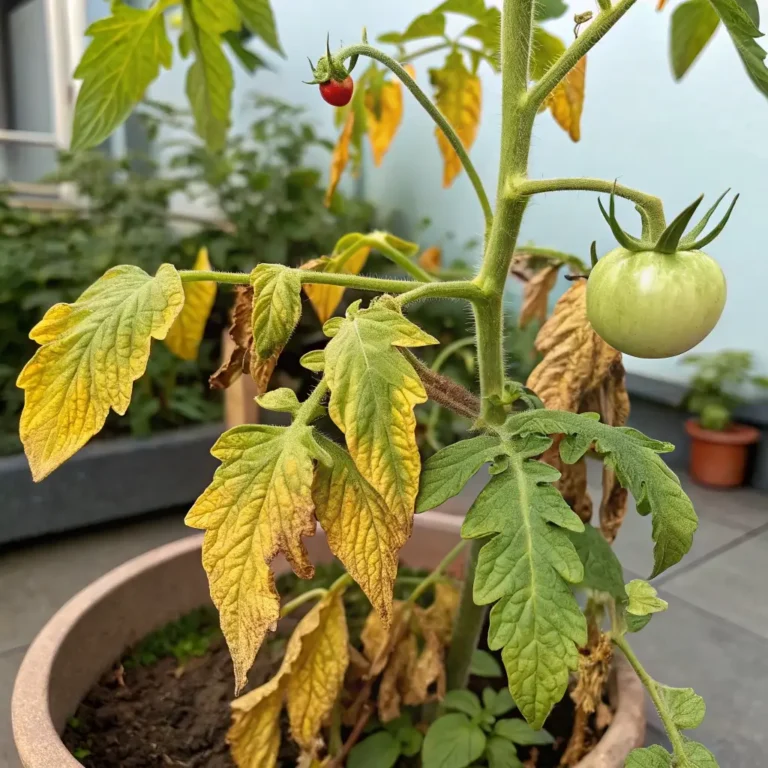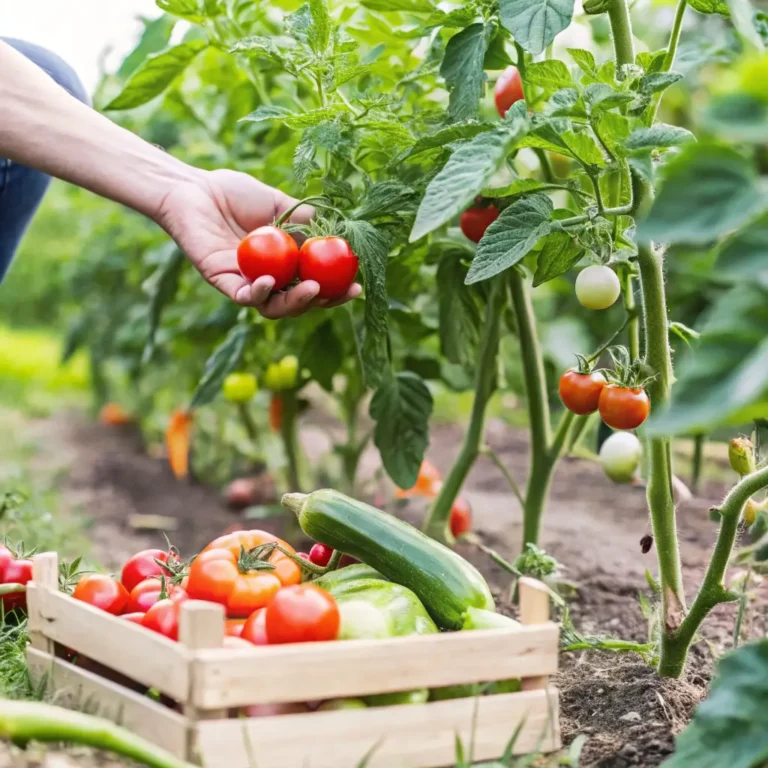Are Your Tomato Plants Dying?10 Causes and 5 Ways to Save Them
Table of Contents
Introduction
Did you know that nearly 73% of home gardeners experience tomato plant issues every growing season? That’s right—your struggling tomato plants aren’t just bad luck; they’re part of a widespread gardening challenge. Whether you’re noticing yellowing leaves, wilting stems, or a lack of fruit production, understanding why your tomato plants are dying is the first step to saving them. Tomatoes may seem straightforward to grow, but these popular garden vegetables are surprisingly sensitive to environmental conditions, pests, and diseases. Are your tomato plants dying? Let’s explore the 10 most common causes and discover 5 proven ways to revive them before it’s too late.
The 10 Most Common Causes of Dying Tomato Plants
1. Improper Watering Practices
Inconsistent watering is the leading cause of tomato plant decline. Too little water causes stress and wilting, while overwatering leads to root rot and fungal diseases. Studies show that inconsistent moisture levels can reduce tomato yields by up to 30%.
2. Nutrient Deficiencies
Tomatoes are heavy feeders requiring balanced nutrition. Yellowing leaves often indicate nitrogen deficiency, while purple-tinged leaves suggest phosphorus shortage. Calcium deficiency causes blossom end rot, affecting up to 45% of home-grown tomatoes.
3. Fungal Diseases
Early blight, late blight, and Septoria leaf spot account for approximately 60% of tomato plant losses. These fungal infections typically start with spotted leaves and quickly progress throughout the plant.
4. Bacterial Wilt
This soil-borne disease causes sudden wilting even when soil moisture is adequate. Once infected, plants rarely recover, and the bacteria can remain viable in soil for up to 5 years.
5. Pest Infestations
Hornworms, aphids, and whiteflies are responsible for 25% of tomato plant damage. A single hornworm can defoliate a young tomato plant in just 48 hours if left unchecked.
6. Environmental Stress
Temperature extremes affect tomato growth significantly. Temperatures above 95°F can cause blossom drop, while nights below 55°F inhibit fruit development and ripening.
7. Poor Soil Conditions
Compacted soil with poor drainage restricts root growth and limits nutrient absorption. Tomatoes thrive in soil with a pH between 6.0 and 6.8—outside this range, nutrient uptake is compromised.
8. Improper Sunlight
Insufficient sunlight (less than 6 hours daily) leads to leggy growth and reduced fruiting. Conversely, excessive direct sun in hot climates can cause sunscald on fruits and leaves.
9. Overcrowding
Planting tomatoes too closely (less than 24 inches apart) reduces airflow, increases disease transmission, and creates competition for nutrients. Research indicates properly spaced plants can yield up to 40% more fruit.
10. Herbicide Damage
Drift from lawn herbicides or contaminated compost can cause twisted, cupped leaves and stunted growth—symptoms often mistaken for viral infections.
5 Effective Ways to Save Your Dying Tomato Plants
1. Establish Proper Watering Routines
Implement deep, consistent watering 2-3 times weekly rather than frequent shallow watering. Apply water at the soil level, not on foliage, and aim for 1-2 inches per week depending on your climate. Using soaker hoses reduces water usage by 30% while decreasing foliar disease by keeping leaves dry.
2. Correct Nutrient Imbalances
Apply a balanced, organic tomato fertilizer (like 5-10-10) when planting and again when fruits begin to form. For calcium deficiency, add crushed eggshells to the soil or use a calcium spray. Foliar applications of seaweed extract can provide micronutrients and boost plant immunity within 48 hours.
3. Implement Disease Management
Remove infected leaves immediately and dispose of them away from your garden. Apply organic fungicides containing copper or Bacillus subtilis preventatively during humid periods. Mulching with straw creates a 70% reduction in soil-splash transmission of pathogens.
4. Control Pests Naturally
Introduce beneficial insects like ladybugs, which can consume up to 5,000 aphids during their lifetime. Apply neem oil weekly as a preventative measure. Hand-pick larger pests like hornworms—each removed caterpillar saves approximately 4 square feet of foliage.
5. Optimize Growing Conditions
Improve soil structure by incorporating 2-3 inches of compost, increasing water retention by up to 30%. Stake or cage plants to improve air circulation and reduce disease pressure. In extreme heat, provide afternoon shade using 30% shade cloth to prevent blossom drop.
Preventative Measures for Healthy Tomato Plants
Creating optimal growing conditions from the start significantly reduces the likelihood of problems. Prepare your soil with organic matter two weeks before planting, and choose disease-resistant varieties appropriate for your climate. Practicing crop rotation prevents the buildup of soil-borne pathogens, reducing disease risk by approximately 60% compared to planting tomatoes in the same location year after year.
When to Start Over
Sometimes, saving a severely affected plant isn’t practical. If more than 50% of the plant shows disease symptoms, bacterial wilt is confirmed, or growth is severely stunted by mid-season, it’s often more productive to remove the affected plants and replant with healthy seedlings or focus on your healthy plants instead.
Conclusion
Understanding why your tomato plants are dying is critical for implementing effective solutions. By identifying the underlying causes and taking prompt, appropriate action, you can often reverse decline and save your precious tomato harvest. Remember that prevention through proper care routines is always more effective than treatment. Take these insights into your garden today, and transform those struggling plants into productive, healthy tomato producers that will reward you with flavorful harvests all season long.
FAQs
Q: How can I tell if I’m overwatering or underwatering my tomato plants?
A: Underwatered plants wilt but recover temporarily after watering, while overwatered plants show yellowing leaves and wilting that doesn’t improve after watering. Check soil moisture 2 inches below the surface—it should be moist but not soggy.
Q: Is it safe to use tomatoes from plants showing disease symptoms?
A: Fruits from plants with foliar diseases are generally safe to eat if the fruit itself looks healthy. However, discard any fruits with visible rot, unusual coloration, or deformities.
Q: Can I save seeds from my current tomato plants if they’ve been sick?
A: It’s not recommended, as many diseases can be transmitted through seeds. Purchase certified disease-free seeds or seedlings for your next planting season.
Q: How late in the season can I replant tomatoes if my original plants die?
A: This depends on your climate, but generally, you need at least 60-80 days before your first expected frost for most varieties to produce a harvest.
Q: Why are my tomato plant leaves curling even though the plant looks otherwise healthy?
A: Leaf curl can result from environmental stress, herbicide exposure, or certain viral infections. If growth and fruit production remain normal, environmental factors are most likely the cause.







